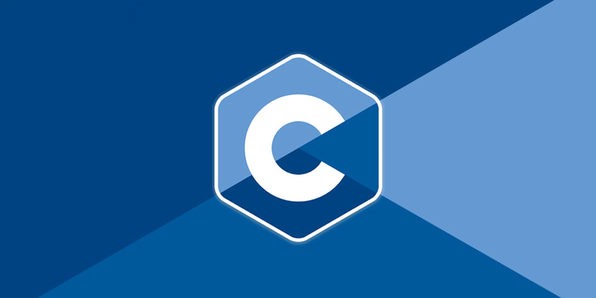Before we talk about it, We need to know about the 16-Bit & 32-Bit Programming and what is the roll of the compiler, operating system and a microprocessor plays in programming.
A binary digit, or a bit, is the smallest unit of data that a computer can process. The more bit your computer can process at the same time, faster it is. Most desktop computer manipulate bit in groups of 16 or 32. If you have two computers, and one processes 32 bits at a time and the other 16 bits at a time, the 32-bit computer will be twice as faster than the 16-bit computer.
Some Limitations of 16-Bit programming :
A binary digit, or a bit, is the smallest unit of data that a computer can process. The more bit your computer can process at the same time, faster it is. Most desktop computer manipulate bit in groups of 16 or 32. If you have two computers, and one processes 32 bits at a time and the other 16 bits at a time, the 32-bit computer will be twice as faster than the 16-bit computer.
16-Bit And 32-Bit Programming :-
As you know every computer system has an operating system, which acts as a platform for your program. The operating systems that manages the computer system and provide the underlying 'intelligence' to deal with the hard were application software that you may want to use.
A operating system is basically designed around a microprocessor. Based upon the type of microprocessor, the operating system is classified to be a 16-Bit or 32-Bit operating system.
Some Limitations of 16-Bit programming :
1. In 16-Bit Programming , only 1MB of memory is accessible.
2. In 16-Bit Stack + Heap, both share the same segment memory.
3. Dynamic and dynamic loaded library is not possible in 16-Bit.
4. Multiple threads program are not possible in 16-Bits.
5. Socket / Network programming is not possible in 16-Bits.
6. ODBC programming is not possible in 15-fatsab














0 Comments